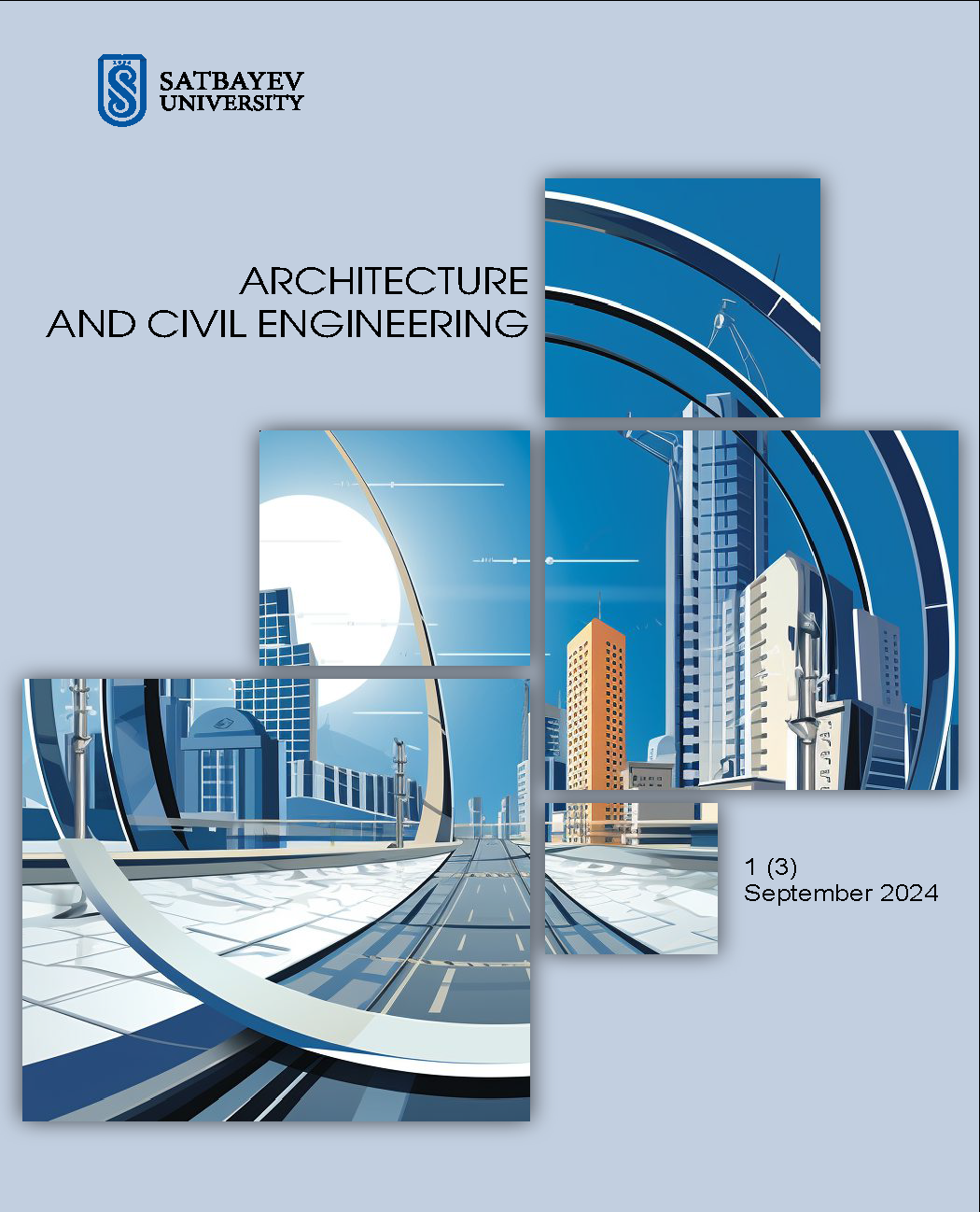The main methods of obtaining polymer-cement concrete
DOI:
https://doi.org/10.51301/ace.2024.i3.04Keywords:
polymer cement concrete, bending strength, polymer cement ratio, compressive strength, polymer mixture, latex, polyvinyl acetate, acetone formaldehyde resinAbstract
Polymer cement concrete (PCB) is a type of concrete in which cement modified with polymer additives is used as a binder. The proportion of polymer in PCB can range from 0.5% to 25% by weight of cement. The exact ratio will depend on the following factors: according to the characteristics of the produced material, that is, the higher the proportion of polymer in cement, the more strongly it affects the quality of concrete; polymer mixtures are quite expensive; depending on the method of introducing polymer additives into the concrete mixture. Scientists are seeking to expand the use of efficient types of polymers, including plastics and resins. To fulfill new generation tasks in the construction industry, it is impossible to do without the use of new materials modified with chemicals. Most polymeric materials have higher tensile and flexural strength than traditional concrete, a lower modulus of elasticity and higher deformation capacity, better adhesive properties and greater chemical resistance. The relevance of the topic of the article lies in the fact that the combined use of organic and inorganic binders can improve the technological and operational properties of building materials and structures. The purpose of the work is a more complete study of polymer-cement compositions.
Downloads
Published
How to Cite
Issue
Section
License
Copyright (c) 2024 Architecture and Civil Engineering

This work is licensed under a Creative Commons Attribution-NonCommercial-NoDerivatives 4.0 International License.
<div class="pkpfooter-son">
<a rel="license" href="http://creativecommons.org/licenses/by-nc/4.0/"><img alt="Creative Commons License" style="border-width:0" src="https://i.creativecommons.org/l/by-nc/4.0/80x15.png"></a><br>This work is licensed under a <a rel="license" href="http://creativecommons.org/licenses/by-nc/4.0/">Creative Commons Attribution-NonCommercial 4.0 International License</a>.
</div>





